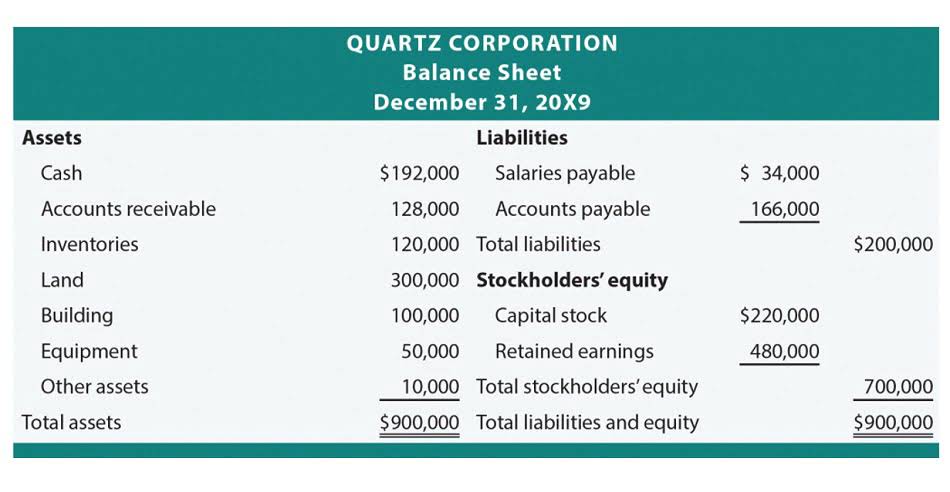
Regardless of company policies and procedures for credit collections, the risk of the failure to receive payment is always present in a transaction utilizing credit. Thus, a company is required to realize this risk through the establishment of the allowance for doubtful accounts and offsetting bad debt expense. In accordance with the matching principle of accounting, this ensures that expenses related to the sale are recorded in the same accounting period as the revenue is earned. The allowance for doubtful accounts also helps companies more accurately estimate the actual value of their account receivables.
The allowance for doubtful accounts is an estimate of the portion of accounts receivable that your business does not expect to collect during a given accounting period. Accounting teams build-in these estimated losses so they can prepare more accurate financial statements and get a better idea of important metrics, like cash flow, working capital, and net income. The allowance for doubtful accounts is an estimate of money owed to your business that you won’t be able to collect from customers.
What is an allowance for doubtful accounts (ADA)?
For example, say the company now thinks that a total of $600,000 of receivables will be lost. The company must record an additional expense for this amount to also increase the allowance’s credit balance. After calculating your allowance for doubtful accounts at the end of the accounting period, you make a journal entry to record the adjustment in your company’s books. An allowance for doubtful accounts is also referred to as a contra asset, because it’s either valued at zero or it has a credit balance.

Assuming some of your customer credit balances will go unpaid, how do you determine what is a reasonable allowance for doubtful accounts? With the account reporting a credit balance of $50,000, the balance https://www.bookstime.com/ sheet will report a net amount of $9,950,000 for accounts receivable. This amount is referred to as the net realizable value of the accounts receivable – the amount that is likely to be turned into cash.
Examples of an allowance for doubtful accounts (ADA)
According to recent research by Dun & Bradstreet, publishing, commercial printing, and prepackaged software providers are among the industries most likely to report uncollectible invoices. Mary Girsch-Bock is the expert on accounting software and payroll software for The Ascent. For example, at year-end, you determine that you’re unable to collect on a $1,000 invoice, requiring you to make the following journal entry. Get instant access to lessons taught by experienced private equity pros and bulge bracket investment bankers including financial statement modeling, DCF, M&A, LBO, Comps and Excel Modeling. To reverse the account, debit your Accounts Receivable account and credit your Allowance for Doubtful Accounts for the amount paid.
- If a certain percentage of accounts receivable became bad debts in the past, then use the same percentage in the future.
- For more ways to add value to your company, download your free A/R Checklist to see how simple changes in your A/R process can free up a significant amount of cash.
- Many business owners use an easier method to write off outstanding accounts that have become uncollectible.
- Over 1.8 million professionals use CFI to learn accounting, financial analysis, modeling and more.
- Accounts use this method of estimating the allowance to adhere to the matching principle.
- For those of you using manual accounting journals, you’ll have to make appropriate entries to your journals to manage ADA totals properly.
- Therefore, it can assign this fixed percentage to its total accounts receivable balance since more often than not, it will approximately be close to this amount.
The debit to bad debts expense would report credit losses of $50,000 on the company’s June income statement. Because the allowance for doubtful accounts account is a contra asset account, the allowance for doubtful accounts normal balance is a credit balance. So for an allowance for doubtful accounts journal entry, credit entries increase the amount in this account and debits decrease the amount in this account. The allowance for doubtful accounts account is listed on the asset side of the balance sheet, but it has a normal credit balance because it is a contra asset account, not a normal asset account. For more ways to add value to your company, download your free A/R Checklist to see how simple changes in your A/R process can free up a significant amount of cash. [box]Strategic CFO Lab Member Extra
Access your Cash Flow Tune-Up Tool Execution Plan in SCFO Lab.
Allowance for Doubtful Accounts: Methods of Accounting for
It’s only when a customer defaults on their balance owed that you‘ll need to adjust both the ADA balance and the accounts receivable balance with the following journal entry. If a company does not estimate normal balance of accounts the number of uncollectible accounts, it will overstate its assets, revenue, and net income. The purpose of allowance for doubtful accounts is to manage the risk of uncollectible accounts.